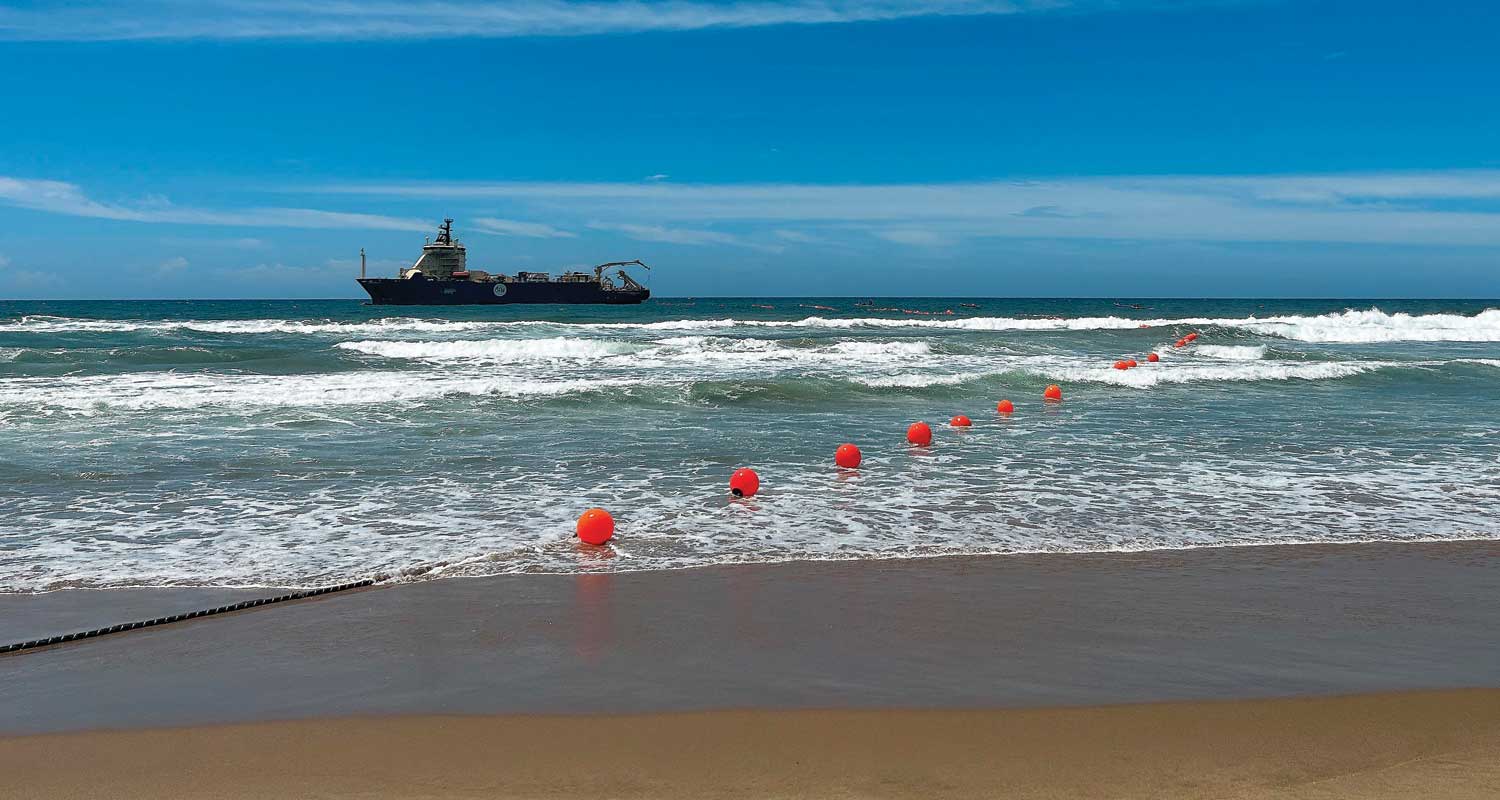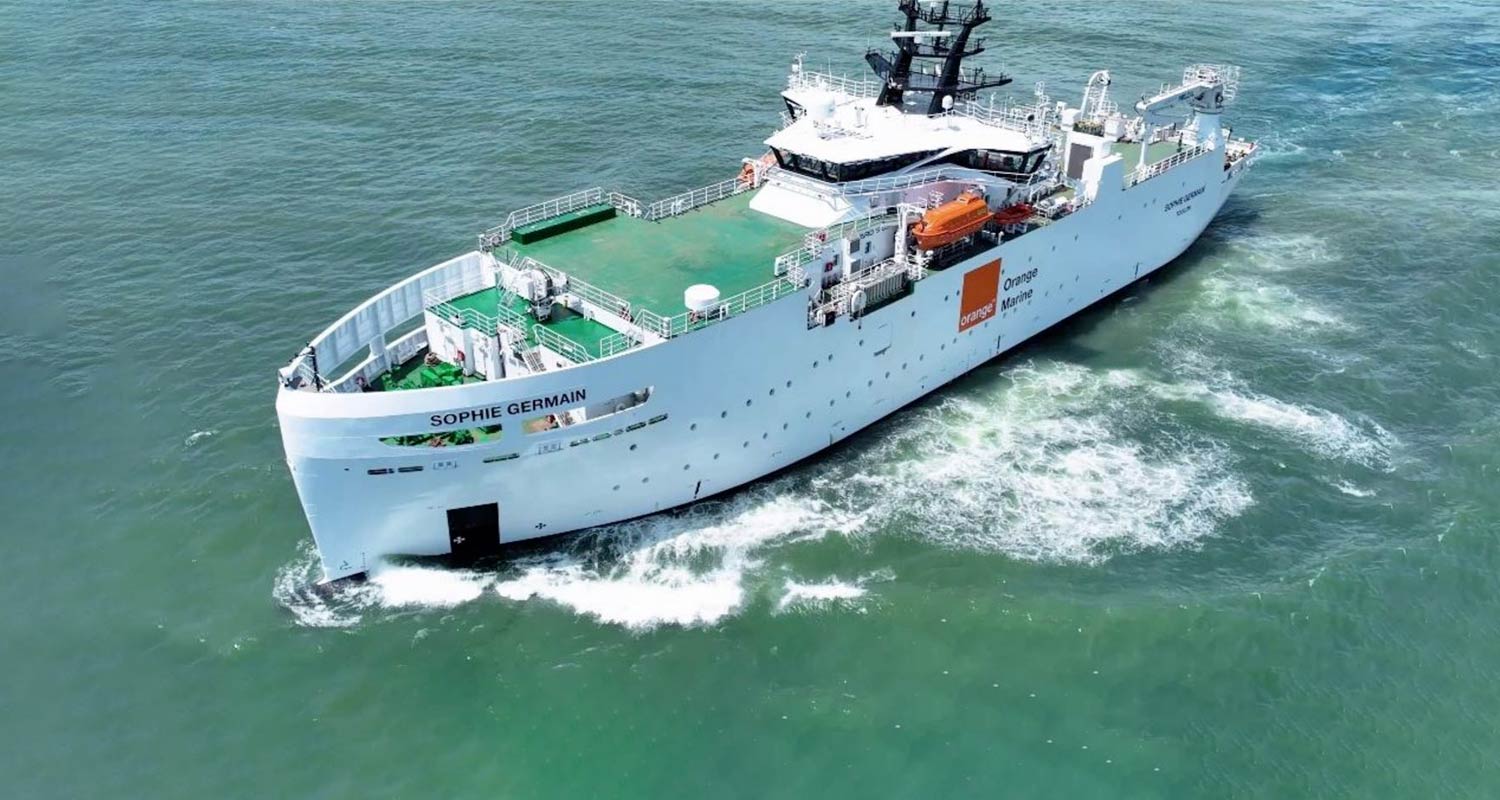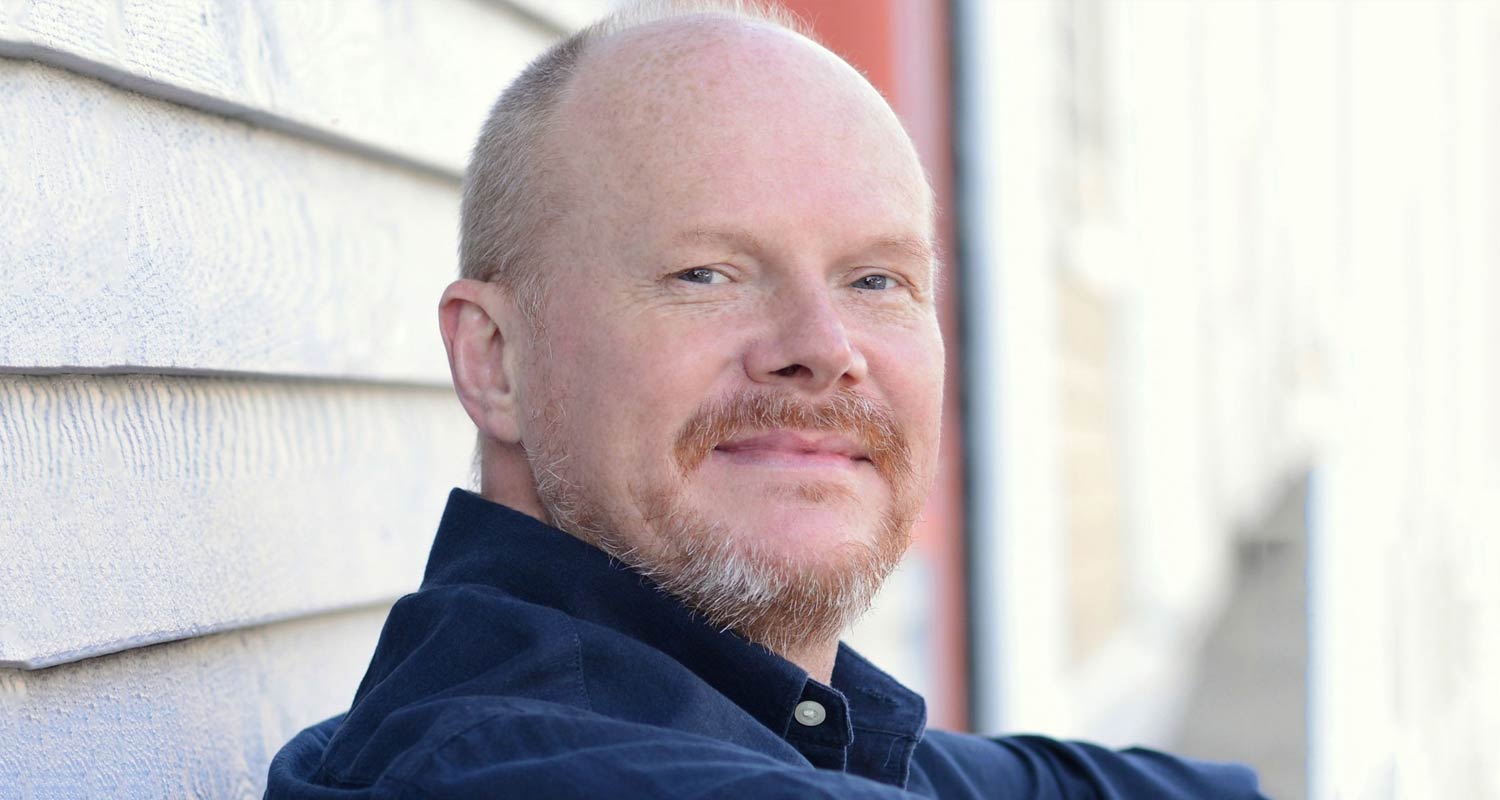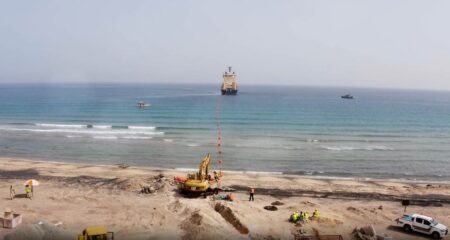
Connectivity into South Africa – and the rest of Africa – has exploded in the past 15 years and continues to grow at a rapid pace.
It’s a marked change over a relatively short time that has driven down internet prices and led to better connection speeds across the continent. Before the investments of the past 15 years, South Africa was reliant on a single cable system for its connectivity – a cable controlled by a monopoly at the time (Telkom) and priced as such.
That all started to change around 2009, when Seacom – the first private, non-operator-controlled cable in Africa – went live between South Africa and Europe, along Africa’s east coast. Many such projects followed, driving down prices and improving the reliability of internet services in South Africa and further afield.
And more is coming. Google’s 144Tbit/s (design capacity) Equiano cable, which landed in South Africa in 2022 added terabits of capacity along Africa’s west coast. Now the 2Africa cable system – driven by a consortium that includes Meta Platforms – will encircle the entire continent and be the longest subsea cable system in the world (45 000km) when completed and will have a design capacity of 180Tbit/s.
The growth in undersea cable infrastructure has had positive downstream effects on cost of connectivity on the continent, including in South Africa. Higher offshore capacity has led to massive investment in terrestrial fibre, including fibre to the home and business.
When Sat-3 – a system that connects Cape Town and Western Europe along Africa’s west coast was the only game in town, Telkom had exclusive access to it. That meant sky-high prices.
The Altech judgment
“If you were an ADSL customer in the early 2000s, you just had it to suck it up in terms of speed and pricing. It was only with the arrival of the Seacom cable along the east coast of Africa in 2009 that things began to change,” said emerging markets telecommunications expert Steve Song in an interview with TechCentral.
Song, who serves as policy adviser to the Mozilla Foundation – which supports and leads the development of the Firefox web browser – has maintained the African Undersea Cables map for many years. The map, which is updated often, shows the growth of subsea cable connectivity around Africa.
Song said prior to Seacom going live in 2009, Sat-3/Safe (Safe being the leg of Sat-3 that extended to Asia) was the only undersea cable that connected any country in sub-Saharan Africa – excluding those bordering the Mediterranean Sea. But in many countries where it landed, purchasing capacity was as expensive as satellite backhaul, according to Song. Satellite was for a long time the only way to connect to many markets in Africa.
Read: Google to build South Africa to Australia subsea cable called Umoja
The East African Submarine System (Eassy) cable went live a year after Seacom, in 2010. It has 12 landing stations along Africa’s east coast, connecting a further 12 landlocked countries through terrestrial links. Seacom and Eassy began the liberalisation of the connectivity market on the continent, but there were other factors at play, too.
A landmark 2008 ruling by the high court in Pretoria in favour of Altech, a then-subsidiary of Altron, concluded that all entities in possession of a value-added network services licences – licences that were much easier to obtain than network licences – were entitled to build their own infrastructure, effectively allowing anyone to compete directly with Telkom, MTN and Vodacom in building networks.

“Prior to 2008, it was impossible to get a licence to become a network operator. You had to be invited to apply by the ministry [of communications] and no licences were being offered. The combination of all these operators in the market along with the two new cables (Seacom and Eassy) caused things suddenly to change,” said Song.
Overnight, the Altech judgment dismantled government’s policy of “managed liberalisation” of the sector, which had effectively shielded the partially state-owned Telkom from competition.
The next big milestone was the announcement by Vumatel of South Africa’s first fibre-to-the-home network in 2014.
Meanwhile, undersea cable infrastructure continued to develop, with the West Africa Cable System (Wacs) going live in 2012. Wacs added 5.1Tbit/s in design capacity – huge at the time – while bolstering network redundancy. Others, like Africa Coast to Europe (ace), have followed.
The size of the Wacs cable relative to those that came before it is indicative of technological advancements that made the efficient use wavelengths over optical fibre. Fibre-optic cables use pulses of light to transmit data, and splitting the light into smaller and smaller frequencies – or colours – makes it possible to transmit larger amounts of data.
“The capacity keeps going up due to improvements in how the cables are ‘lit’,” said Song.
Skills
He said the growth in the capacity and number of cables surrounding the African continent will continue to improve connectivity and lower prices for consumers and businesses. The industry is challenged, however, with skills shortages in cable laying and repairs threatening the stability of the global internet.

“I expect the market to respond to that as an issue, and as we get more undersea cables, we will see companies that specialise in servicing and repairing those cables grow proportionately,” said Song. – © 2024 NewsCentral Media




